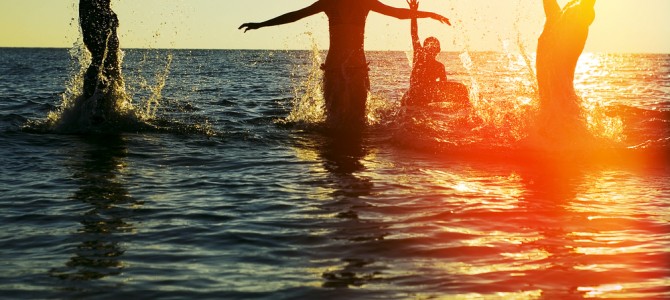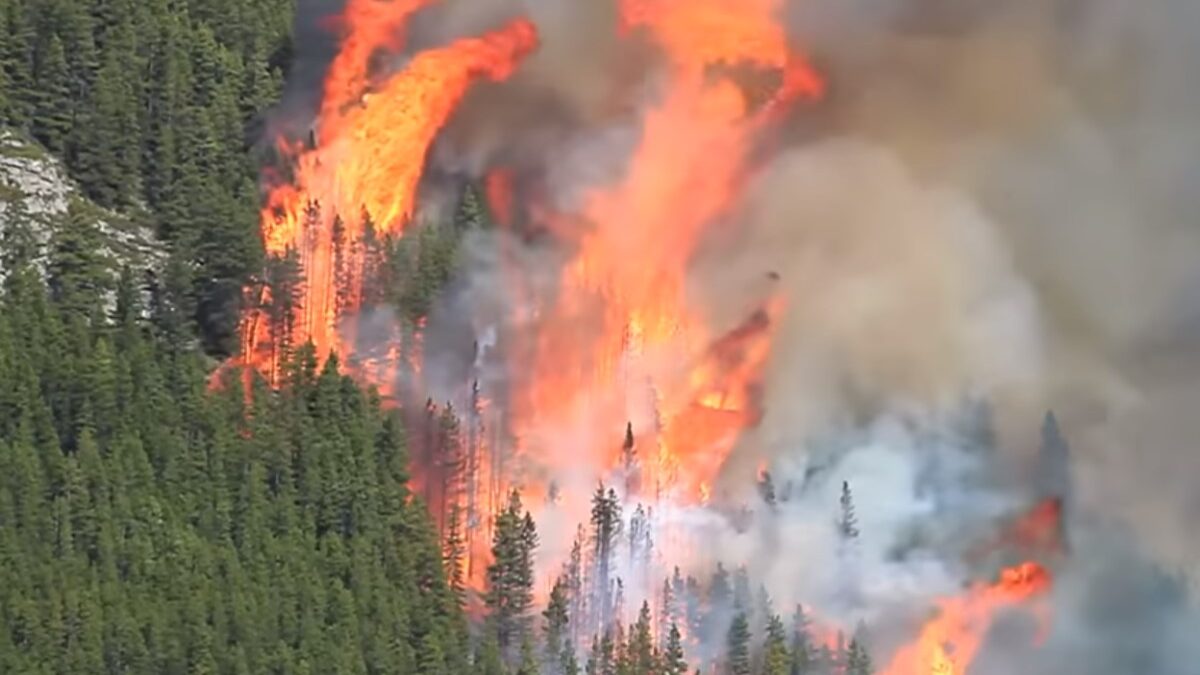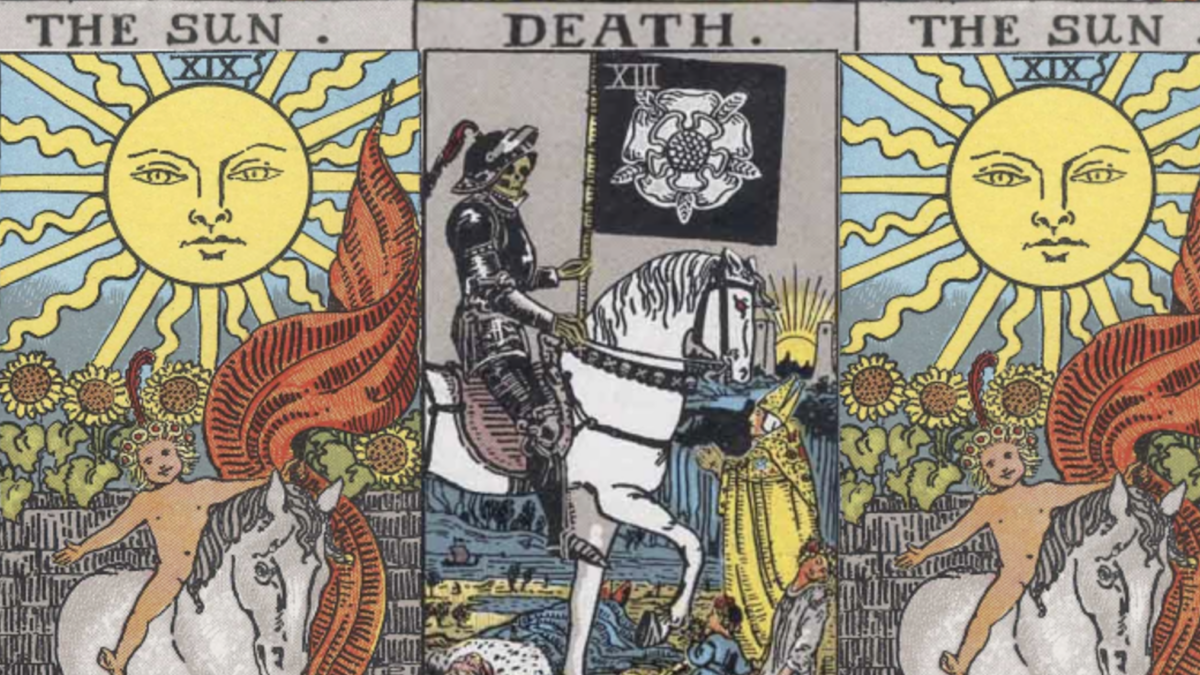
Lately we heard a lot of talk about the first “official” week of summer. In 2016, June 20 was the longest day of the year. It varies slightly from year to year—in 2017, the solstice will occur on June 21—but its significance is based solely on how much sunlight falls on the northern hemisphere on that day. The scientific exactness lends a feeling of order to the pronouncement, and orderly people are prone to say that summer “officially” begins the same week.
Where the “official” part came from no one knows, but it sounds like it sprang from the same Neil deGrasse Tyson acolytes who love to start a sentence with a smug “Actually…” Well, actually, here’s the truth: no one, not even astronomers, actually believes summer lasts from the summer solstice to the autumnal equinox. No one lives that way, and no one bases understanding of the other three seasons that way, either.
Seasons are a part of the rhythm of human life. Our understanding of them is older than civilization, and it changes from place to place, just as the weather does. Pagan festivals often revolved around the seasons, and many of those rituals were translated into modern monotheist observances. This is not to repeat the tired atheist trope of deriding Christian holidays as thinly disguised syncretism, but only to say that while the reasons behind festivals shift with cultural and religious changes, our deeper feelings about the season do not. Summer is when it always was, regardless of culture, faith, or astronomy.
Attempts to force the seasons into neat quarter-year segments are as successful as the attempted introduction of the metric system was in the 1970s: it may be completely logical, but people just don’t like it. Even from place to place within a country, the feeling of season may vary. In America there are generally accepted boundaries, but they are not exact, nor are they found in the stars. Here’s my take on them; your opinions may vary.
A Realistic Characterization of the Four Seasons
Summer: Summer, as everyone with a shore house, lake house, or mountain cabin knows, runs from Memorial Day weekend to Labor Day weekend. The two patriotic holidays, with the Fourth of July in between, make for a season of parades, baseball, flag-waving, and barbeques. If you have any doubt, consider: the “official” start of summer is the same week as what is traditionally called “Midsummer’s Day.” The end of June is the height of summer, not the beginning.
This is the time of year when people take vacations. Schools are mostly out for the summer, and colleges all are. In the country’s temperate regions, people can keep their windows open all day and get full use of backyards and pools. In warmer places, the air conditioners never stop running. Either way, the way we dress and act changes.
Fall: Fall runs from Labor Day to the Friday after Thanksgiving. In many school districts, school begins right after Labor Day. Vacation spots correspondingly see a steep drop in crowding as everyone with children returns to their permanent homes. Astronomical summer runs through September 22, but anyone with their kids (or themselves) back in school by then will tell you that summer has been over for weeks. Baseball’s season is wrapping up, and football’s is beginning. Every food now has pumpkin spice in it. Autumn has begun.
Winter: After Thanksgiving, winter begins. Again, the astronomy disagrees—the winter solstice in 2016 does not come around until December 21—but after Thanksgiving the signs of winter are there for anyone to see. A snowfall in December is unremarkable, in places that get snow. Schools follow the pattern, too, with the college term wrapping up soon after Thanksgiving. Christmas lights go up that day, or soon after; no one (except the liturgically observant) waits until December 22 to decorate for Christianity’s winter holiday. Hanukkah also falls somewhere in this period, when the “official” season is autumn, but in every other way, it feels like winter.
Spring: The line between winter and spring is the most difficult to place. There is no nationwide holiday in March or April to coincide with spring. Baseball spring training begins in mid-February, which is still too cold to call spring anywhere outside the Deep South. Saint Patrick’s Day celebrations in major American cities are a good harbinger, but that festival is mainly restricted to the Irish and their American descendants, and is not a true national feast.
The closest thing to a nationwide holiday in the right time period is the start of college basketball’s March Madness tournament. Even the casual observer of college sports fills out an office pool that week, and everyone, sports fan or not, is at least aware of the event. Serious sports fans with paid vacation days might disappear from the office for a four-day weekend. Others might duck out at lunch or depart early to catch their alma mater in action. The tip-off of the first game—in 2017 it will be March 16—falls right around the time when heavy winter clothing may start to go back into storage and the first flowers emerge from the chilly ground. This is also the date that falls near to the “official” start of the season (in 2017, March 20).
Nature Is Messy
The system I have laid out varies slightly from year to year, as all of the beginning and ending dates are moveable secular feasts. It also results in seasons of different lengths. This summer is 101 days long. Fall will be 82, winter 111, and spring 72 (and yes, because of how Memorial Day moves, that does not add up to 365). If the “official” even-length seasons bring order to a disorderly world, the “unofficial” recognizes that seasons are a part of nature, and nature is messy.
This is the system that makes sense to me, in the northeastern United States, but as I said, it is not universal. Maybe you think spring comes later in Denver, or earlier in Miami. So be it! Different places should have different seasons, just as they have different weather and different local culture. But unless you live in a planetarium, there is no reason the solstices and equinoxes have to determine the seasons of your life.









